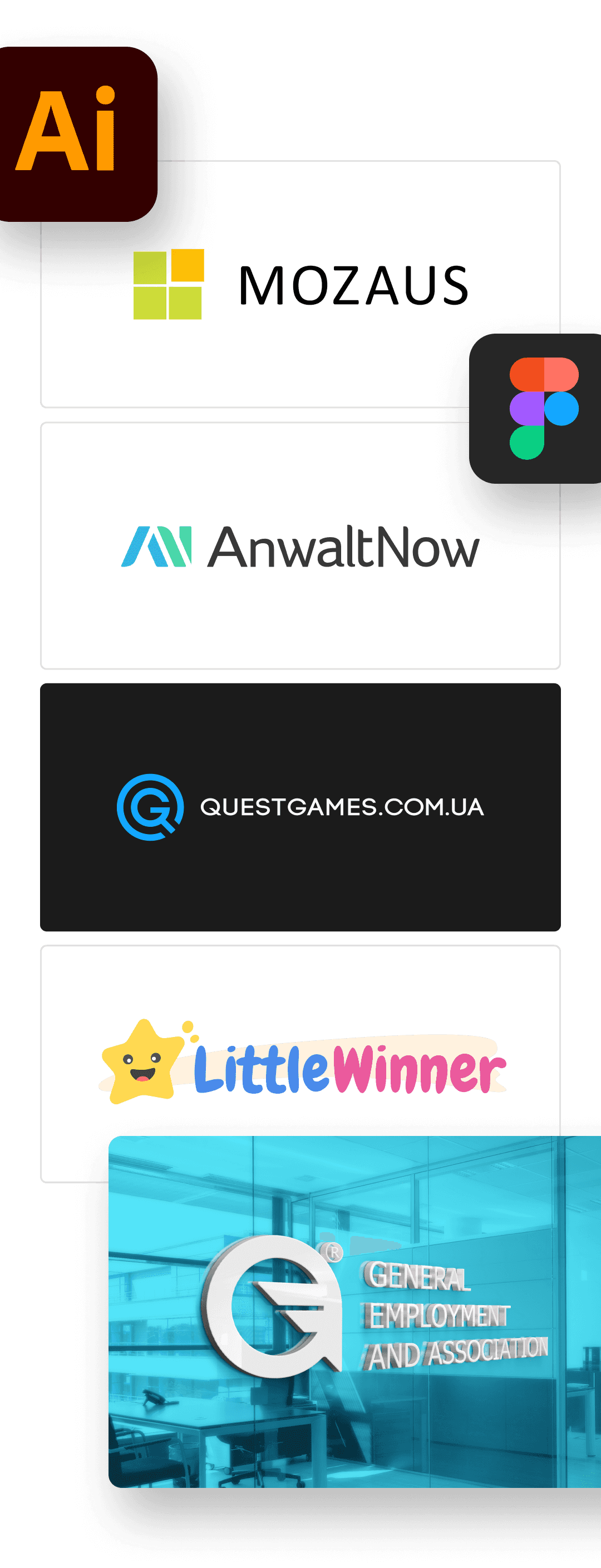Logotypes
The logo is the main part of the visual identification of the company. It should be attractive and, if possible, reflect the essence of the company's activity, since it is the face of the business

Logo variations
There are different logo variations for different usages, such as horizontal and vertical orientation, icon + text, only icon, and only text, black and white, or monochrome

Horizontal version
A version of the logo with a horizontal orientation, for use in horizontal blocks, such as the site header, and on horizontally oriented surfaces, such as a pen. Also in cases when the logo should not be too large, but at the same time it should be well read

Vertical version
A version of the logo with a vertical orientation, mainly for use in branding materials and merchandise, on vertically oriented surfaces, and when the logo should be emphasized

Icon mark
The iconmark can be used as a favicon, application icon, extension button, and as brand identifier integrated into other interfaces and resources
Monochrome
There are many cases when a monochrome version of the logo is needed, for example, for printing on a black and white printer, or for application to specific materials

Color scheme
A color scheme is made based on the logo. It is used for elements of the project to visually match the corporate style

Corporate identity
It is a single corporate style for business documentation, forms, envelopes, business cards, as well as office items and workwear, such as mugs, pens, t-shirts, etc.


Style guides
A style guide contains regular elements of a site or application. It allows team and clients to see all visual styles of the site such as fonts, buttons, links, fields and all visual components used on the site
Wireframes
This is an important part of the project. Wireframes allow to see how the project will work before the design and development stages, which subsequently saves a lot of time